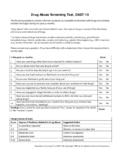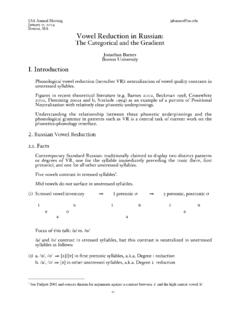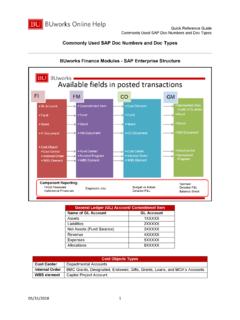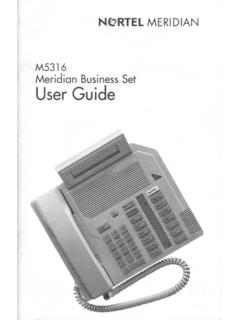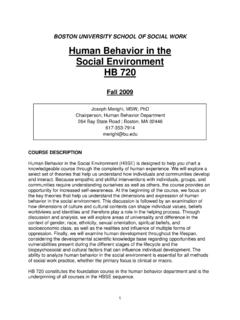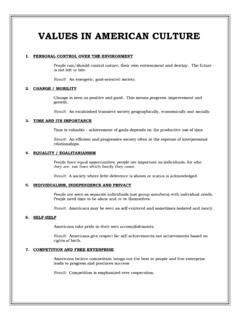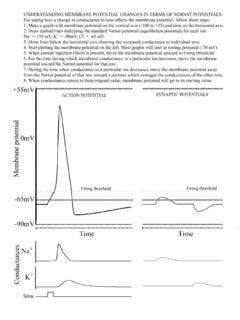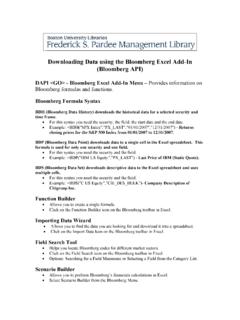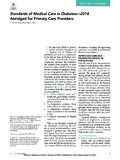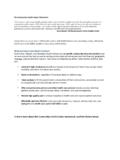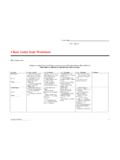Transcription of Re-Engineered Discharge (RED) Toolkit
1 Re-Engineered Discharge (RED) Toolkit1. DRAFTRe- engineered Discharge (RED) ToolkitPrepared for:Agency for Healthcare Research & Quality (AHRQ) Department of Health and Human Services540 Gaither RoadRockville, MD No. HHSA290200600012iPrepared by:Boston UniversityBrian Jack, Paasche-Orlow, , Mitchell, Forsythe, Martin, , for Healthcare Research and QualityCindy Brach, Publication No. 12-0084 September 2012 AcknowledgmentsWe would like to thank the following consultants who gave feedback on earlier versions of this tool: Linda Barnes, ; William Barron, ; Frances Bonardi, ; Erica Dobson, ; Luke Hansen, MD; Steve Martin, ; Carol Mostow, LICSW; Victoria Parker.
2 And Jeff Ring, would also like to thank the hospitals who implemented the RED using an earlier version of this Toolkit and provided insights that were used in finalizing the , we thank Carol VanDuesen Lukas, , and Sally Holmes, , from the Boston University School of Public Health for conducting interviews and compiling lessons Citation:Jack BW, Paasche-Orlow MK, Mitchell SM, et al. An overview of the Re-Engineered Discharge (RED) Toolkit . (Prepared by Boston University under Contract No. HHSA290200600012i.)
3 Rockville, MD: Agency for Healthcare Research and Quality; September 2012. AHRQ Publication No. 12-0084,Tool 1: Overview2. 1. Purpose of the ToolkitA variety of forces are pushing hospitals to improve their Discharge processes to reduce Researchers at the Boston University Medical Center (BUMC) developed and tested the Re-Engineered Discharge (RED). Research showed that the RED was effective at reducing readmissions and posthospital emergency department (ED) Agency for Healthcare Research and Quality (AHRQ) contracted with BUMC to develop this Toolkit to assist hospitals, particularly those that serve diverse populations, to replicate the RED.
4 This overview of the RED Toolkit explains why hospitals would want to re-engineer their Discharge processes, provides evidence of the RED s impact, and introduces each tool in the 2. Reasons To Re-Engineer Your Discharge ProcessThe hospital Discharge is a complex process requiring integrated communications among the inpatient care team, primary care team, community services, the patient, and the patient s caregivers. There are many opportunities for improved Discharge processes at hospitals that, if accomplished, could lead to reduced rehospitalization of patients,3-7 which is currently at a rate of almost 1 in 5 for patients covered by Contributing factors include:Delayed Transfer of Discharge Summary.
5 There is frequently a delay between the time a patient is released from the hospital and when the primary care doctor receives the Discharge This delay means the doctor is not immediately aware of which tests and procedures were done during the patient s hospital stay or what conditions still need attention. Unknown Test Results: Test results are not always complete by the time the patient leaves the hospital. This means the test results will not be included in the report the patient s primary care doctor of Followup: Patients themselves often do not fully understand the nature of their health problems or realize they need to make appointments for tests or procedures after leaving the hospital.
6 They may be unable to make appointments due to lack of access to transportation or availability of appropriate doctors/specialists. Research has found that more than one-third of the patients who left the hospital in need of more care ( , lab tests or a referral to a specialist) failed to get that ,11 Medicine Reconciliation and Adverse Events: Confusion about which medicines to take can also lead to problems after a patient leaves the hospital. When patients are admitted to the hospital, many stop taking their regular medicines and start taking new ones.
7 Once they leave the hospital, there is often confusion regarding which of the prehospitalization medicines should be continued. This may result in the patient failing to take needed medicine, taking duplicate medicine, or experiencing adverse drug events or natural remedy interactions. 18 The result of hospitals failure to ensure an effective transition has included adverse events, high readmission rates, and high ED visit ,12,13 Forces are, however, converging to push hospitals toward improving their Discharge processes and reducing readmission force is that national quality organizations have begun to set standards to address some of the deficiencies of Discharge planning.
8 For example, National Quality Forum (NQF) Safe Practice-15 lays out key processes of an effective Discharge plan, including communicating Discharge information to community NQF has recently endorsed three readmission performance measures: hospital-specific, risk-standardized, and all-cause 30-day readmission rates . The Centers for Medicare & Medicaid Services (CMS) has begun public reporting of these second force comes from quality improvement organizations that have set out to help hospitals improve their Discharge processes.
9 For example, in the Quality Improvement Organizations 9th Scope of Work, CMS has included a theme titled Patient Pathways (Care Transitions). The goal of this theme is to measurably improve the quality of care for Medicare beneficiaries who transition among care settings, with the goal of reducing readmissions and developing replicable strategies to sustain reduced readmission third force is the prospect that payment for readmissions will be changed. In its 2007 report to Congress, the Medicare Payment Advisory Commission (MedPac) identified a potential savings of $12 billion per year by reducing preventable In its June 2008 report, MedPAC recommended that Medicare adopt a bundled payment approach.
10 This means paying a single provider entity (comprising a hospital and its affiliated physicians) a fixed amount to cover the costs of providing the full range of Medicare covered services delivered during an episode of care ( , the hospital stay plus 30 days after Discharge ).17 In April 2008 CMS sought public comment on two proposals to revise hospital payments to provide hospitals with financial incentives to reduce avoidable readmissions. The first is to reduce payments for preventable readmissions. The second is to incorporate readmission rates into the calculation of performance-based payments in the value-based performance plan.
